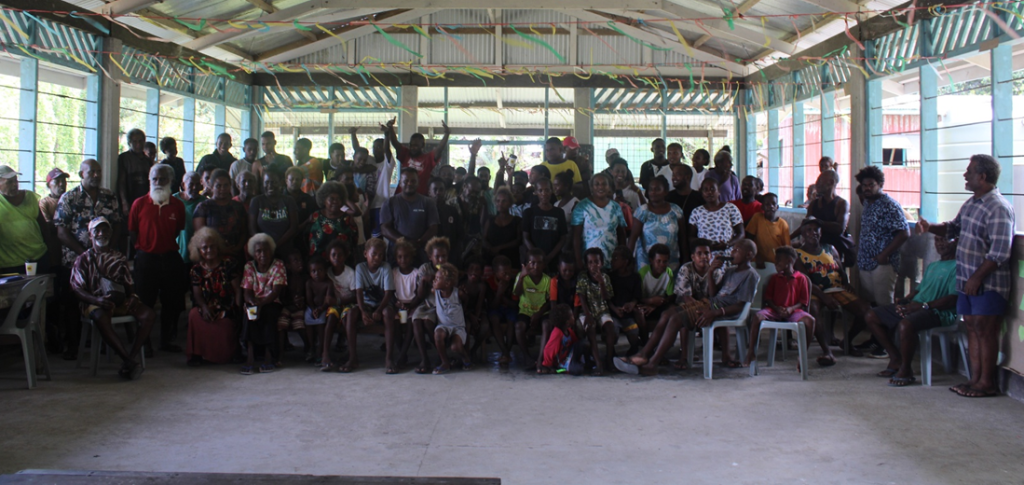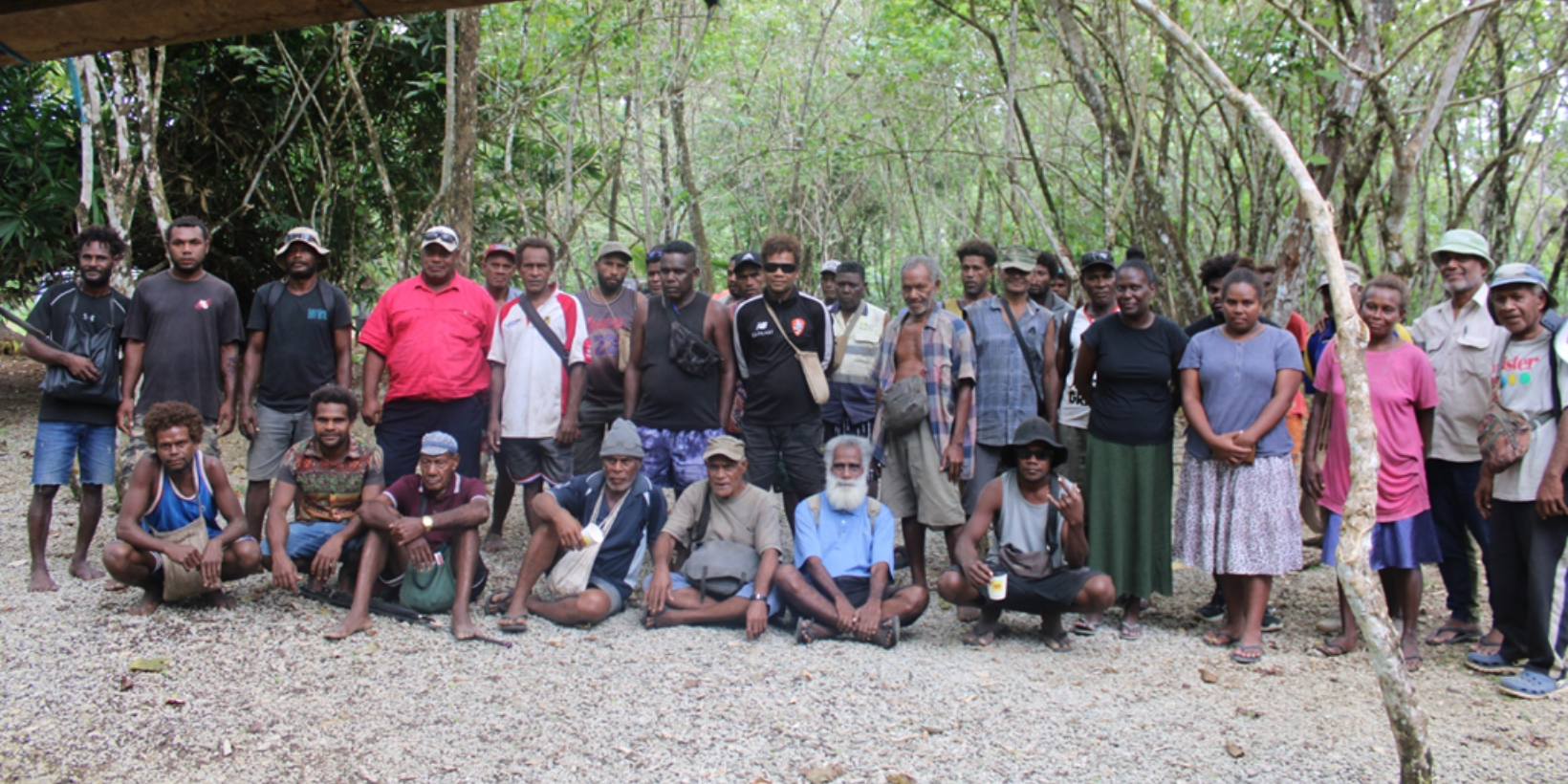Tribes from the Bina region are helping the Bina Harbour Tuna Processing Plant Project gain a deeper understanding of their land, stories, and culture, to support planning for respectful and inclusive development.
Using a system called Indigenous terrain mapping (ITM), the Pacific Horizons Consultancy Group, a contractor to the Bina Harbour Project Office, discussed historical land ownership and use with tribal leaders and landowners, as well as the connections between families and communities.
Meetings have taken place in Honiara, Bina, and West Kwaio over the past three months, targeting the rights-holders of freshwater sources and Bina villagers.
This follows ITM work completed last year with landowners and earlier this year regarding harbour access.
The mapping provides a description and understanding of the area as articulated by the indigenous people themselves, their knowledge systems, social arrangements, cultural values, and practices.
Tok stori sessions reveal stories around people’s connections to water sources.
Tribes connected to the Kwaleunga water sources, including leaders from the Lafari and Rafea Houses of Chiefs, have expressed strong support for the mapping work and asked that it proceed to the next stage of beneficiary mapping.
Chairman of Lafari House of Chiefs, Tome Loremae said, “We are happy with the ITM process because it is a good approach that deals with our land in a way that respects our customs and traditions.”
Other participants considered the mapping work important for reaching agreements on land boundaries and handling land matters according to kastom.
The Ministry of Fisheries and Marine Resources, through the project office, will utilise mapping information to inform the distribution of benefits and safeguard the rights of land, water and harbour resource holders and villagers.

Understanding the concerns of rights holders underpins efforts to mitigate risks and avoid any miscommunication.
MFMR Permanent Secretary Dr Christain Ramofafia said, “The Bina Harbour development is for the country, but especially for the people of Bina. We need to understand what matters to them and work together. They are our partners.”
ITM and beneficiary mapping pave the way for government bodies to be set up to represent the interests of Bina village, harbour, and water source owners.
This month, the Bina Talifu Land Trust, which was set up in 2021, held its AGM during which project community liaison staff helped trustees define roles and work together in preparation for the Bina Harbour development.
The Bina Harbour Tuna Processing Plant Project is a Solomon Islands Government initiative led by the Ministry of Fisheries and Marine Resources.
The Bina Harbour Project Office is funded by New Zealand’s Ministry of Foreign Affairs and Trade on behalf of MFMR. This includes the Bina Region Arrangements for Governance unit of the BHPO, which liaises with land, water, and harbour rights-holders to support community participation.
– Bina Habour Project Office









